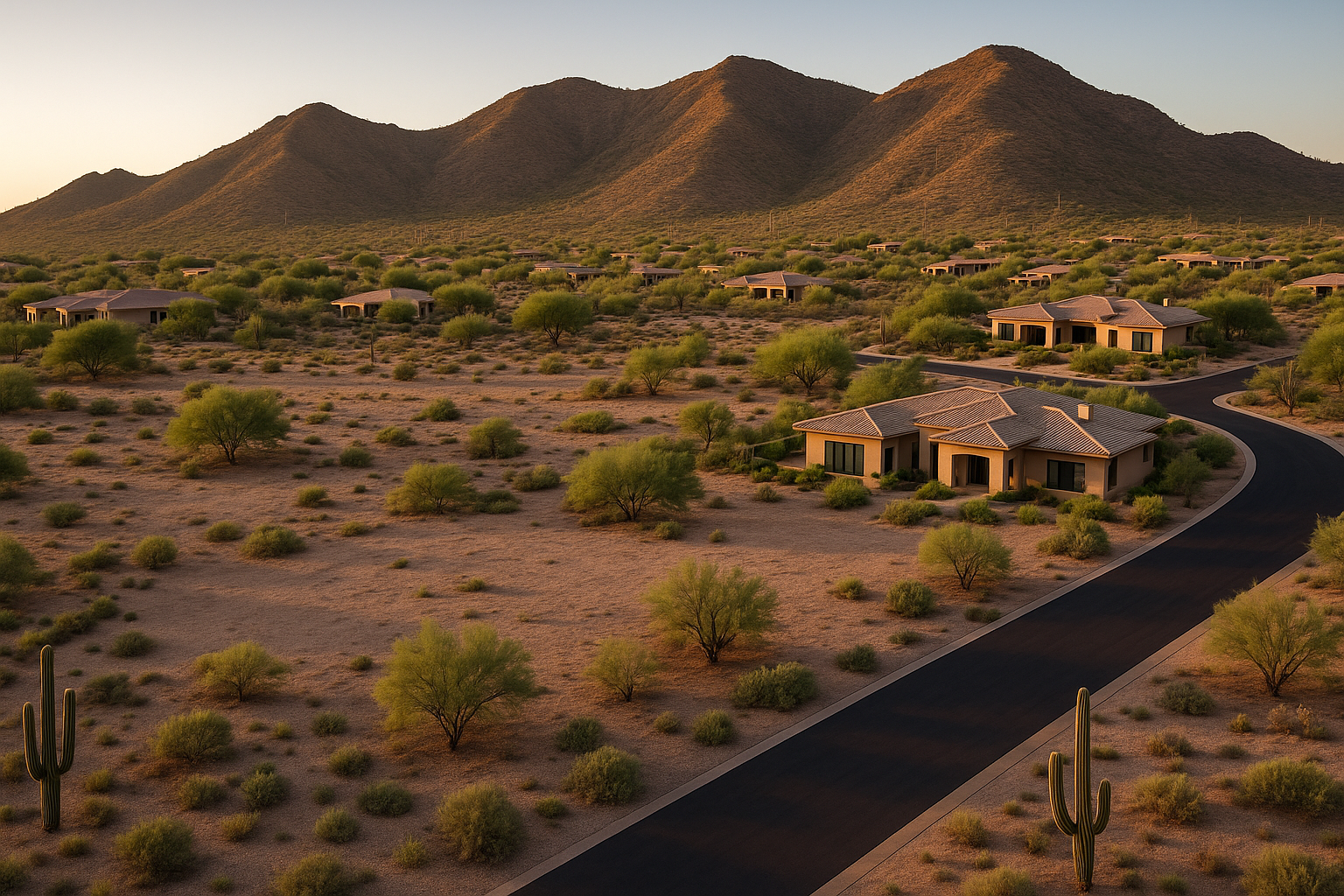
Buying land should feel exciting—not expensive in the wrong way.
I’ve talked to so many first-time land buyers who jumped into a deal with big plans… only to find out later the land was in a flood zone, couldn’t pass a perc test, or came with surprise restrictions.
Most of them weren’t reckless. They were just under-informed.
So here are 5 of the most common mistakes I see—and how to avoid them before they cost you time, money, or momentum.
They assume they can build because it’s “their land,” or because the listing said “residential.”
But zoning is the foundation of due diligence. Without it, everything else is guesswork.
Pull the current zoning code from the county
Call planning & zoning to confirm permitted uses
Ask if any overlays or conditional use permits apply
👉 Related post: Understanding Zoning in Arizona
You can’t build—or sometimes even legally enter—a parcel without legal access.
Just because there’s a visible trail or neighbors use it doesn’t mean it’s recorded.
Verify public road frontage or recorded easements
Check the deed and parcel map
Ask the county if access is legally recognized
👉 Related post: Land Access & Utility Basics
I’ve seen people buy lots that looked perfect… only to find out they sit in a floodplain or the soil won’t perk.
That can mean no septic system, no permits, and no building.
Check FEMA flood maps
Ask if a perc test has been done
Review soil type and slope on USDA’s Web Soil Survey
👉 Related post: Environmental Checks 101
They assume a clear deed comes with the land. But with vacant land—especially auction or inherited property—you can end up with liens, ownership gaps, or deed limitations.
Review the deed and chain of title
Search the county recorder for liens
Ask a title company for a full report if you plan to build or sell soon
👉 Related post: Title Research for Vacant Land
👉 Related post: How to Check Land for Liens
If the land seems too cheap, there’s usually a reason.
Remote location, no access, flood risk, or landlocked with no development potential.
Cheap land can still work—but only if you know what you’re walking into.
Cross-check price with recent comps
Run a full due diligence scan
Know your exit plan before you buy
👉 Related post: Land Due Diligence 101
I created the Land Clarity Blueprint™ for buyers who want real information before committing.
I help you:
Understand what the land can actually be used for
Check zoning, access, utilities, flood risk, and title basics
Flag red flags and break things down in plain language
⚠️ Disclaimer: I’m not a lawyer or surveyor. I use public data and research tools to help you make smarter, clearer land decisions.
Land shouldn’t be a gamble. It should be a strategy.